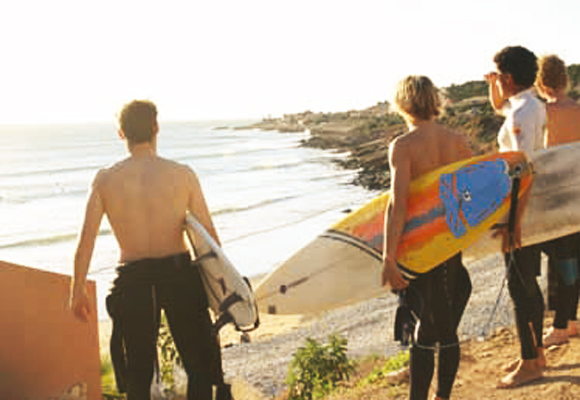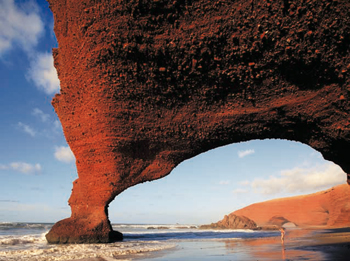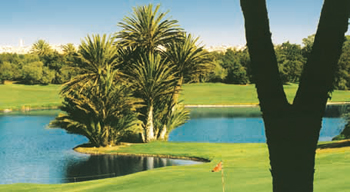Morocco: The Western Kingdom — the “California of the Middle East”
Morocco Top Stories
Morocco: The Western Kingdom — the “California of the Middle East”
Thus the real meaning of Morocco’s official name is actually “The Western Kingdom.” In fact, Morocco was long thought of as the western or “last frontier” of the Arab world;

Morocco: The Western Kingdom — the “California of the Middle East”
In order to visualize the character, opportunities, and economic potential of Morocco, it will be helpful to see its similarities to the state of California in the USA.—as the latter appeared at the start of its phenomenal growth half a century ago. As we shall see, these are striking.
First, just as California was once considered the western frontier of the United States (prior to the addition of Alaska and Hawaii), Morocco was—and still is—the western frontier of the Arab world. Morocco extends farther west than any European nation, including Ireland. Indeed, the western coast of Morocco extends halfway across the Atlantic to the same longitude as the middle of Iceland.
For, in many ways it will be a useful metaphor to think of Morocco as the “California of the Middle East.” Morocco does indeed bear a striking resemblance to California both geographically and physically.
The immediate relevance of this is that, while the name of Morocco is usually rendered in English as “Kingdom of Morocco,” its official name in Arabic is Al-Mamlakah al-Maġribiyya (المملكة المغربية),
where Magribiyya refers to the “place of the sunset,’ or simply, “the West,” Thus the literal meaning of Morocco’s official name is the “Western Kingdom.” In fact, Morocco has long been referred to in the Arab world as el-Maghreb el-Aksa, i.e., “the Far West,” in the same way as California was once thought of as “the far west” in the United States.
Further, both are at the same latitude: Rabat, for example is at 34º 02′ N, while Los Angeles is at 34º 03´ N.
Both also have a chain of high mountains running roughly north/south along the coast, and a similar temperature and precipitation range from east to west. The entire length of Morocco’s beaches is every bit as sunny, warm, and enticing as California’s southern beaches, while the eastern portions of each state become increasingly more arid, bordering on deserts.
They are also similar in size and population. Morocco is about 5% larger in size with 172,410 mi2 (446,550 km2) to California’s 163,695 mi2 (423,970 km2); while Morocco’s population of 34m is only 9% smaller than California’s 37m.
Morocco and California also share several historical similarities. Both have populations and cultural influences deriving from Spain; and both have indigenous cultures that predate the formation of the state, e.g., Berber in Morocco, and both Mexican and Native-American in California. Both Morocco and California also have at various times been world-renowned cultural and educational leaders (e.g., Stanford and Berkeley universities in California; Al Karaouine and today’s modern Sidi Mohamed Ben Abdellah universities in Morocco),
exerting significant  social, cultural, educational, religious, and political influence far beyond their borders. And, while California is undoubtedly the film capital of the world, Morocco is rapidly achieving its own predominance in the Arab world through its film studios and festivals.
social, cultural, educational, religious, and political influence far beyond their borders. And, while California is undoubtedly the film capital of the world, Morocco is rapidly achieving its own predominance in the Arab world through its film studios and festivals.
In many more ways than one, therefore, it may be a helpful metaphor to think of Morocco as the new “California of the Arab World,” or the new “California of the Middle East.” This is especially true when one thinks of dreams, investment, and sunny beaches.